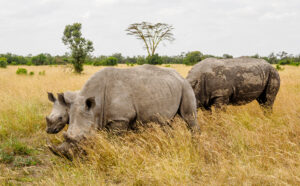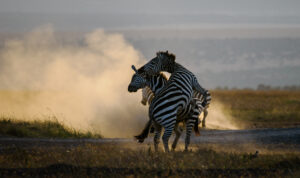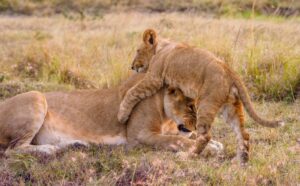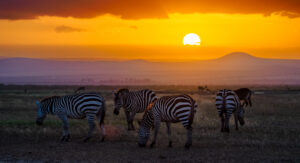2025 Ultimate Kenya Safari Travel Guide – Best Time, Costs & Packing Tips
Your Go-To Guide for a Perfect Kenya Safari
A Kenya safari is a once-in-a-lifetime adventure, offering unparalleled wildlife encounters, breathtaking landscapes, and diverse cultural experiences. However, planning the perfect trip requires knowledge of the best time to visit, safari costs, ideal itineraries, packing essentials, and safety tips.
Best Time to Visit Kenya for a Safari
Kenya offers year-round safari experiences, but the best time depends on what you want to see.

Peak Season (June to October) – Best for Wildlife Viewing
Great Migration in Maasai Mara (July–October)
Dry season – Easier to spot animals at waterholes
Higher safari prices due to peak demand

Green Season (November to May) – Best for Budget Travelers
Lush landscapes, fewer tourists & lower prices
Best time for birdwatching (migratory birds)
Some roads may be muddy, but wildlife is still plentiful
Kenya Safari Itineraries (3, 5, & 7 Days)
Kenya offers year-round safari experiences, but the best time depends on what you want to see.

3-Day Classic Maasai Mara Safari (Best for First-Timers)
Destinations: Nairobi → Masai Mara → Nairobi
Budget: From 1380 per person
- Day 1: Drive or fly to Maasai Mara → Afternoon game drive
- Day 2: Full-day game drives → Optional Maasai village visit
- Day 3: Sunrise safari → Return to Nairobi

5-Day Kenya Safari (Big Five & Kilimanjaro Views)
Destinations: Nairobi → Amboseli → Lake Naivasha → Masai Mara → Nairobi
Budget: From $ 1500 person
- Day 1: Drive to Amboseli → Afternoon game drive
- Day 2: Sunrise safari → Transfer to Lake Naivasha
- Day 3: Boat safari at Lake Naivasha → Drive to Maasai Mara
- Day 4: Full-day game drive in Masai Mara
- Day 5: Morning safari → Return to Nairobi

7-Day Ultimate Kenya Safari (Best for Adventure & Variety)
Destinations: Nairobi → Samburu → Ol Pejeta → Lake Nakuru → Masai Mara → Nairobi
Budget: From $2,000 per person
- Days 1–2: Samburu (rare animals like Grevy’s zebra, reticulated giraffe)
- Day 3: Ol Pejeta (chimpanzee sanctuary, rhino conservation)
- Day 4: Lake Nakuru (flamingos, rhinos)
- Days 5–7: Maasai Mara (Big Five, Great Migration)
What to Pack for a Kenya Safari
Clothing: Neutral-colored clothes, long-sleeved shirts, and pants
Shoes: Comfortable hiking boots or sneakers
Accessories: Sunglasses, hat, binoculars, and camera
Health Essentials: Sunscreen, mosquito repellent.
Book Your Kenya Safari Today!
📩 Contact us for the best safari deals!
📞 Call Now +254112458884 | 📧 Email Us info@annestkenyasafaris.com | 🌍 Browse Safari Packages
Frequently Asked Questions (FAQs) About Kenya Safaris
Yes, Kenya is generally safe for safari travelers. Most national parks and reserves are well-protected, and tour operators follow strict security guidelines.
The best time depends on what you want to see:
July–October: Great Migration in Masai Mara (Peak Season)
January–March: Best for Big Five sightings (Dry Season)
April–May: Green season (Fewer crowds, cheaper safaris)
November–December: Short rains but great for birdwatching
Kenya has a mild tropical climate:
Dry Season (June–October & Jan–March): Pleasant weather, best for wildlife
Rainy Season (April–May & Nov–Dec): Green landscapes, fewer crowds
3 Days: Quick getaway (Best for Maasai Mara)
5 Days: Covers 2–3 parks (Big Five & scenic landscapes)
7+ Days: Ultimate experience (Multiple parks & diverse ecosystems)
Top picks for first-time visitors:
Masai Mara – Best for Big Five & Great Migration
Amboseli – Best for elephants & Kilimanjaro views
Lake Nakuru – Best for rhinos & flamingos


